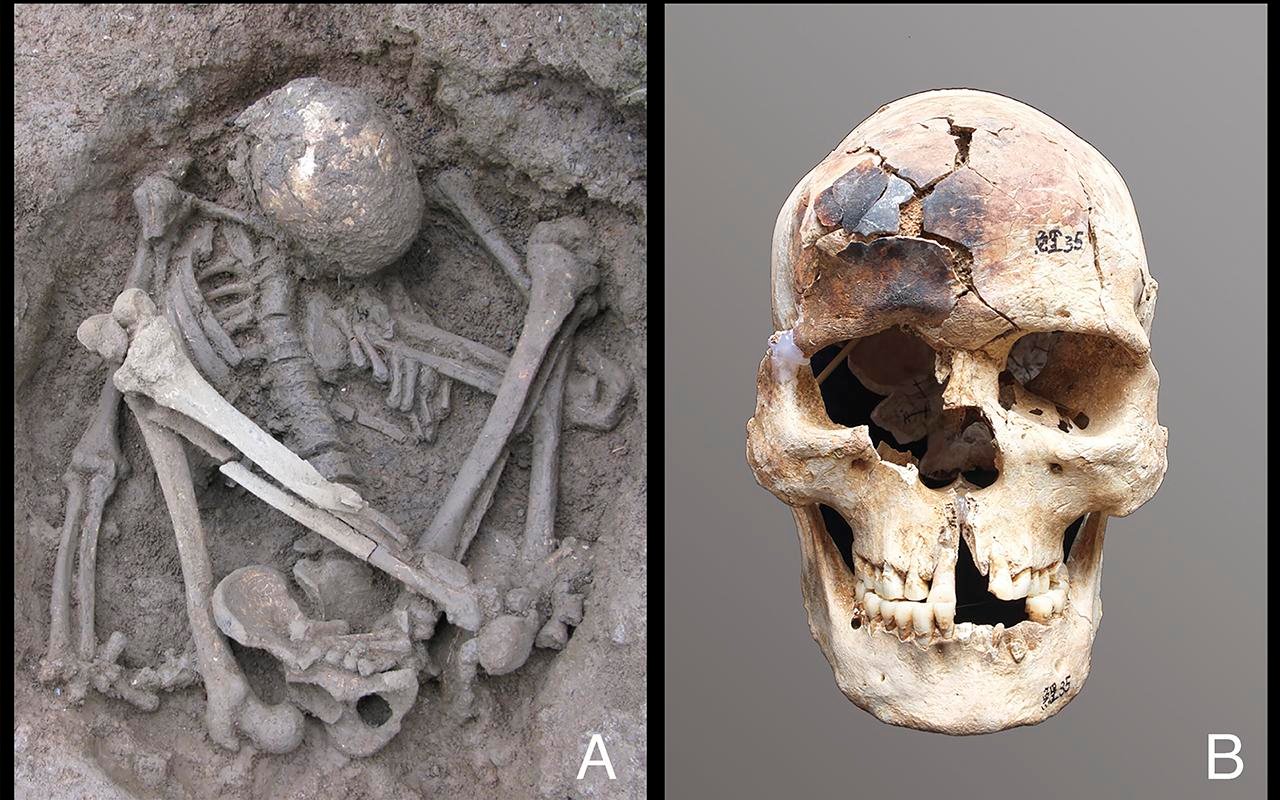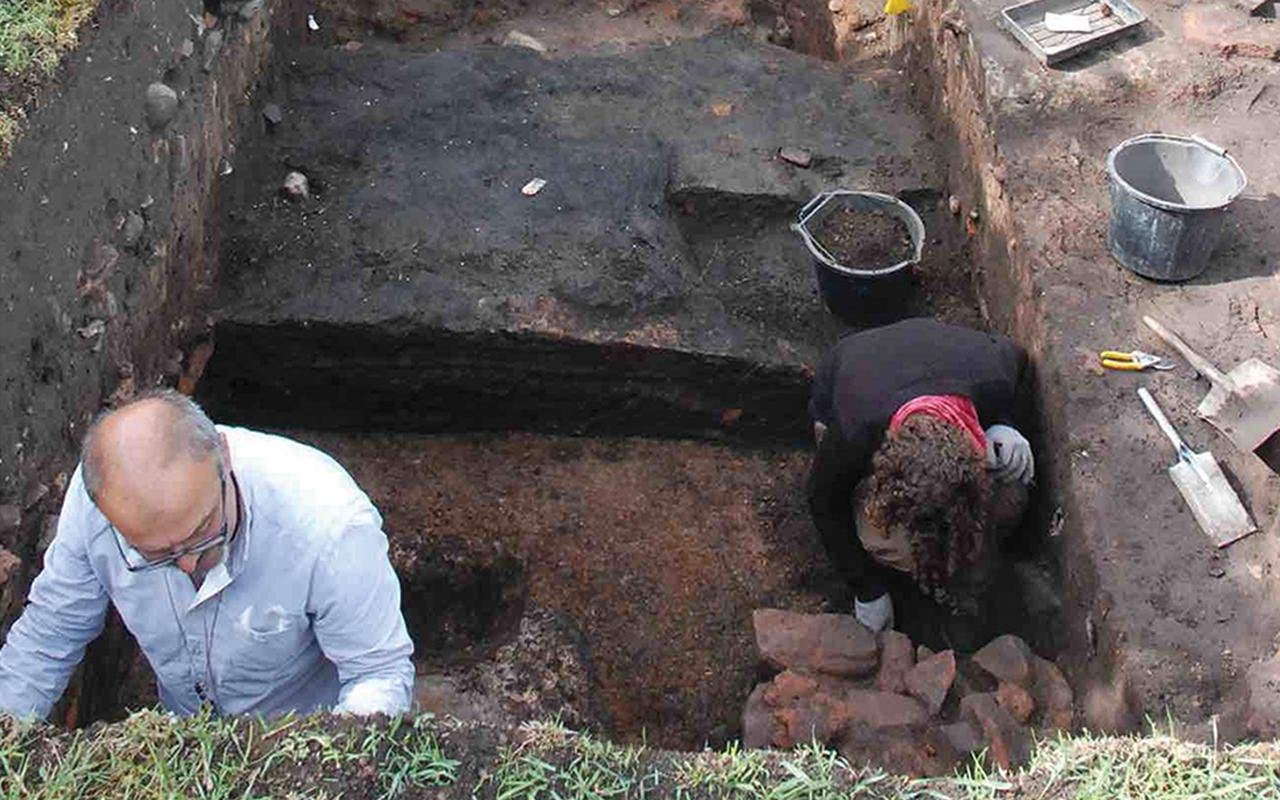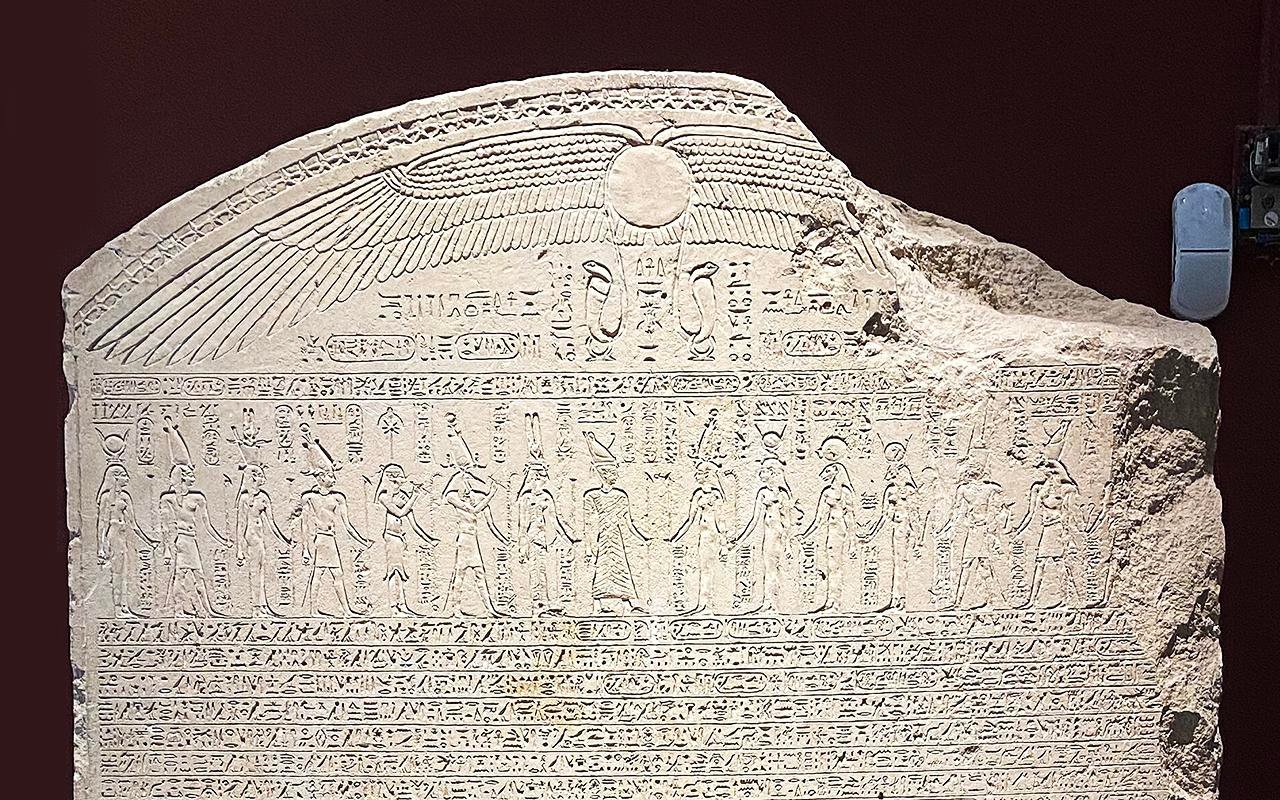Three decades ago, an exceptional animal burial ground was unearthed in Westminster, London, serving as the final resting place for exotic horses during the medieval and Tudor eras.
 1511 Westminster Tournament Roll. Credit: College of Arms / Wiki Commons
1511 Westminster Tournament Roll. Credit: College of Arms / Wiki Commons
The cemetery, excavated in the 1990s, yielded the remains of 70 whole or partial horses, some dating back to between 1425 and 1517, indicating its potential use over a wider span of time. Unlike scattered remains typically found in archaeological sites, this concentrated discovery stands out as medieval Britain’s most significant horse cemetery.
A collaborative effort led by experts from the University of Exeter utilized cutting-edge scientific techniques to unravel the mysteries surrounding these equine elites. Dr. Alex Pryor, Senior Lecturer in Archaeology and lead researcher, spearheaded the analysis of horse teeth using isotopic analysis. By examining the chemical signatures within the teeth, the team could trace the likely origins and journeys of these majestic animals.
Their findings, published in Science Advances, revealed a remarkable narrative of horse procurement spanning across Europe. The isotopic analysis indicated that at least half of the horses were imported from regions such as Scandinavia, the Alps, and other northern and eastern European locales. These horses, standing as tall as 1.6 meters, were sought after for their height and strength, qualities akin to modern-day supercars.
 Exeter researchers analyze bones recovered from horse cemetery. Credit: University of Exeter
Exeter researchers analyze bones recovered from horse cemetery. Credit: University of Exeter
“The chemical signatures we measured in the horse’s teeth are highly distinctive and very different from anything we would expect to see in a horse that grew up in the UK,” explained Dr. Pryor. “These results provide direct and unprecedented evidence for a variety of horse movement and trading practices in the Middle Ages.”
Furthermore, the study uncovered evidence of meticulous breeding and training practices indicative of their elite status. The analysis of tooth wear suggested the use of specialized mouthpieces, likely employed for horses groomed for battle or jousting tournaments. Physical examination of the skeletons revealed signs of heavy use, with several horses displaying wear consistent with a life of riding and hard work.
 Horse burial pit under excavation. Credit: MOLA
Horse burial pit under excavation. Credit: MOLA
Professor Oliver Creighton, a medieval specialist at the University of Exeter, likened the finest medieval horses to “inordinately expensive and finely tuned vehicles” that proclaimed their owner’s status. He noted, “It is apparent that the medieval London elite were explicitly targeting the highest-quality horses they could find at a European scale.”
The proximity of the cemetery to the royal palace complex at Westminster suggests a direct link between these imported horses and the aristocracy. Dr. Pryor speculated that these horses might have been utilized in the jousting contests held nearby.
More information: Alexander J. E. Pryor et al. (2024). Isotopic biographies reveal horse rearing and trading networks in medieval London. Sci. Adv. 10,eadj5782. doi:10.1126/sciadv.adj5782





